Understanding the scope of a small bathroom remodeling project is a perfect starting point for anyone looking to revamp this indispensable part of their home. Comprehensive planning involves considering your budget, envisaging potential design aesthetics and outlining a realistic timeline for project completion. Before embarking on your exciting journey of transformation, an extensive knowledge about diverse designs, materials, and cost estimates is paramount. Not only the decorative elements, but our focus also lands on choosing functional fixtures like sinks, showers, and toilets that are specifically designed for smaller spaces. Furthermore, to address the critical decision of whether to opt for a Do-It-Yourself approach or hire professional help, we delve into the advantages and drawbacks of both options.
Planning
Understanding Your Budget
Before you can begin your small bathroom remodel, it’s important to understand your budget. This includes not just how much you’re willing to spend, but what that budget will cover. Factor in the costs for new fixtures and materials, labor (if you’re hiring professionals), permits, potential unexpected expenses, and make sure to leave room for contingencies.
Researching Design Ideas
Now that you have a budget in mind, it’s time to let the fun begin: exploring design ideas. Websites like Pinterest, Houzz, and home improvement blogs can be excellent sources of inspiration. You may want to consider aspects like the bathroom layout, color scheme, type of fixtures and fittings etc. Remember, while you’re exploring designs, always keep your budget at the back of your mind and try to align your choices with it.
Choosing Materials
Once your design idea is firm, start researching about materials. Different materials not only give different looks, they also come at different costs and their durability varies. For instance, for your flooring, you might choose tiles, which can be ceramic, porcelain, or stone. Each of these materials varies in cost and durability. Similar considerations would also apply when choosing a sink, bathtub, shower, cabinets, and countertops.
Planning Your Timeline
Understanding your timeline is another critical aspect of your bathroom remodel project. This may depend on a variety of factors including the complexity of the design, availability of materials and labor, and your personal schedule. If you’re hiring a professional, they can provide you with a schedule, but always add some buffer time for unexpected delays.
Cost Estimates
Once you have your design, materials, and timeline, it’s time to generate a rough cost estimate. If you’re working with a contractor, they’ll provide this for you. If you’re doing it yourself, break down your project into individual tasks – demolition, plumbing, electrical work, and installation of new fixtures – and estimate the cost for each. Don’t forget to include costs for potential roadblocks or issues that might arise during the remodel.
In conclusion
Planning for a small bathroom remodel may seem overwhelming at first. However, by understanding your budget, researching potential designs, choosing the right materials, planning your timeline, and estimating costs, you’ll be well on your way toward a successful project.
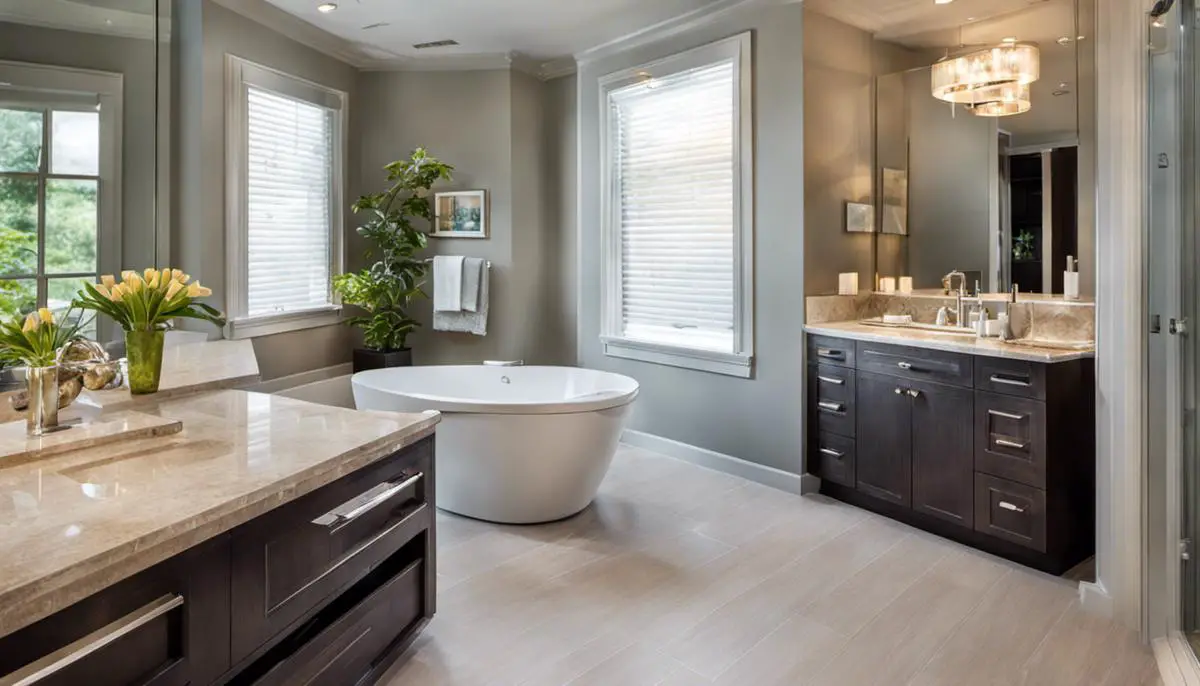
Materials and Fixtures
Understanding Different Types of Tiles
There are a variety of tiles available for small bathroom remodeling, which primarily differ in their materials. Ceramic and porcelain tiles are scratch resistant, water resistant, and easy to clean making them a popular choice for bathrooms. They are available in a multi-hue palette and can mimic the appearance of natural stone. You also have the option of natural stone tiles like marble, granite, slate, and limestone. These offer a distinctive look but may require more maintenance than their ceramic or porcelain counterparts.
Assessing Shower Options
Regarding showers, there are mainly three types you can consider for a small bathroom. The alcove shower is the most common type, and it fits into a small space or alcove. Corner showers, on the other hand, fit snugly into corners while saving significant floor space. Frameless showers are ideal for showcasing moderate to lavish tile work. For a sophisticated look, consider installing a rainfall showerhead or a handheld model with multiple settings.
Choosing Appropriate Toilets and Sinks
Toilets and sinks are vitally important to any bathroom configuration. For a small space, consider wall-mounted or corner toilets, which can save precious inches. Sink options pose a similar need to conserve space. Pedestal sinks take minimal floor space, but offer no storage. Alternatively, wall-mounted sinks, or basin sinks, hang directly from a wall and offer the maximum floor space. A vanity sink provides a storage solution but consumes more space.
Exploring Storage Solutions
Effective storage solutions largely impact the functionality and appearance of small bathrooms. Consider inset wall cubes or shelves to utilize wall space. Vanities also provide storage beneath the sink. Over-the-toilet storage units, whether freestanding or mounted on the wall, make use of the unused vertical space. If your renovation includes a shower or bathtub overhaul, built-in shelving or niches inside the shower wall can store bathing essentials.
Understanding Material Durability
In any remodel, understanding the durability and maintenance of materials is key. For example, while granite or marble tiles can provide a luxurious look, they may need regular sealing to prevent water absorption. Vinyl or fiberglass showers are more affordable and require less maintenance compared to tiled ones. Similarly, consider the water-efficiency of the toilet model and the durability of materials used in your sink when making a decision.
Accessing Suitable Fixtures
Lighting fixtures, faucet styles, and shower heads are a few of the fixtures that contribute to the look and functionality of a bathroom. Choose fixtures that harmonize with your chosen aesthetic. For small spaces, overhead and recessed lighting can illuminate the room without consuming space. Additionally, shower heads and faucets with water-saving features not only reduce your water usage but can also add an eco-friendly aspect to your remodel.
By hardening your understanding of material options and their functionalities, you can make informed decisions for your small bathroom remodel based on your taste, budget, and space constraint. Doing thorough research tailors your bathroom to not only your practical needs but personal touches as well.
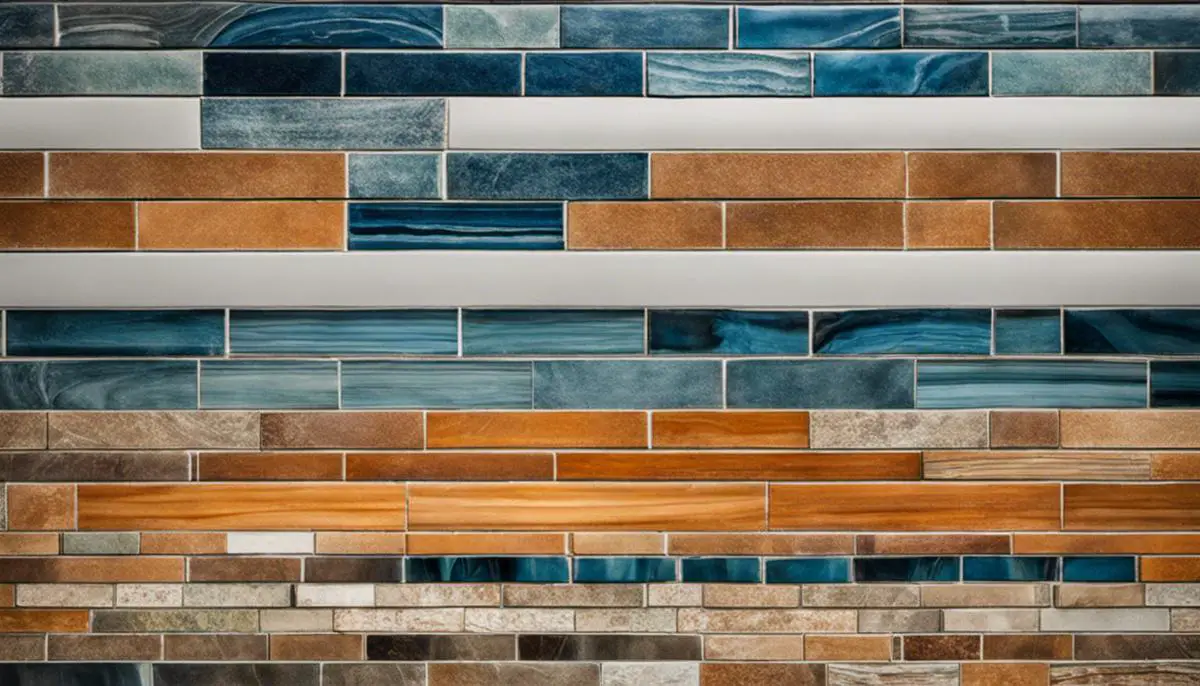
DIY vs Hiring Professionals
DIY or Professional: Weighing the Pros and Cons
Before deciding to remodel a small bathroom by yourself or hire professionals, it’s essential to understand the advantages and disadvantages of both options.
DIY Bathroom Remodel: Pros and Cons
One of the primary advantages of DIY bathroom remodels is the potential cost savings. By sourcing materials yourself and taking on all the labor, you can potentially save significantly compared to hiring a professional team. Another benefit of going the DIY route is the satisfaction and sense of ownership that comes with completing a project with your own two hands.
However, DIY projects also come with their own drawbacks. These projects require a significant investment of time, and if you’re inexperienced, mistakes can add up in time and costs quickly. For intense work such as plumbing, tiling, or electrical, lack of expertise can often lead to problems down the line, like water leaks or electrical faults.
Hiring Professionals: Pros and Cons
On the other hand, hiring professionals to remodel your small bathroom can save you significant time and stress. Professional contractors usually have a wealth of experience and the right tools for the job, which means the project is likely to be completed more efficiently and to a higher standard.
However, the cost of hiring professionals can often be higher than doing a DIY remodel, due to labor expenses. It’s important to receive multiple quotes to ensure that you’re getting a good deal. Additionally, working with contractors may mean less direct control over the project and timeline.
Skill Level and Costs Considerations
Whether you should remodel your small bathroom yourself or hire professionals also depends on your skill level. If you’re handy and have some experience in home improvement projects, a DIY approach may be feasible. However, intricate tasks like plumbing or electrical work are typically better left to trained professionals to avoid potential issues.
Cost is another major consideration. While a DIY project can often be cheaper initially, keep in mind potential mistakes and the cost of purchased tools that can make your project more expensive. Professional remodels, while more expensive upfront, come with the expertise to avoid common pitfalls and can therefore be a more cost-effective solution in the long run.
In sum, deciding between a DIY or professional remodel requires weighing your expertise, the time you can commit, and your budget. A combination of both—doing simple tasks yourself while leaving complicated ones to the professionals—may also be a good compromise.
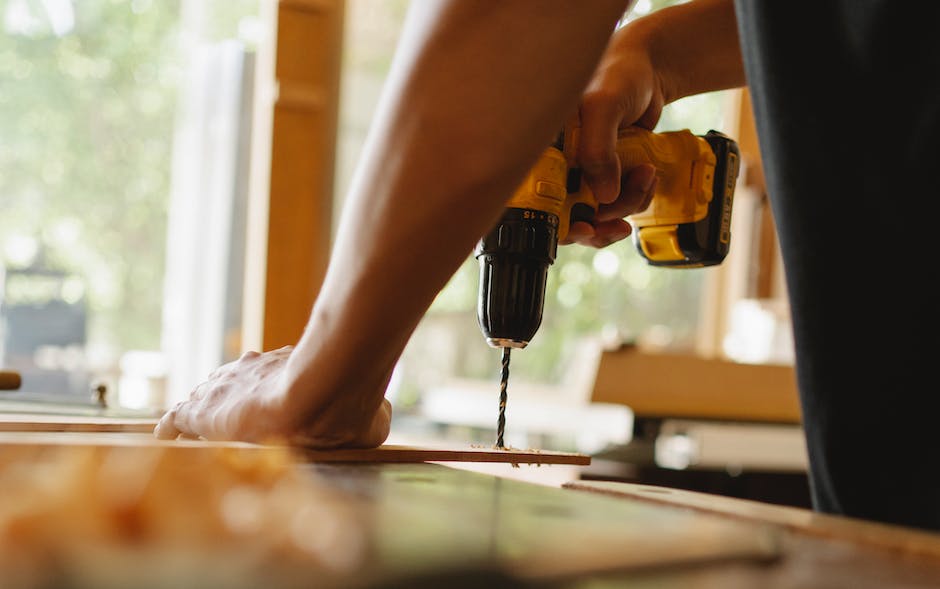
Through your remodeling journey, understanding the variable aspects of different materials, fixtures intact specifically for smaller spaces can be a crucial determinant for your perfect bathroom. Equally noteworthy is the decision between the personal satisfaction of a DIY project and the expertise of professionals with this trade’s complex aspects. Acknowledging the inherent challenges and advantages of both, we provide a detailed scenario enabling you to make an informed decision. As you undertake this project, remember that comprehensive planning in terms of budget, design, and project duration will serve as the most reliable compass guiding your remodeling journey.

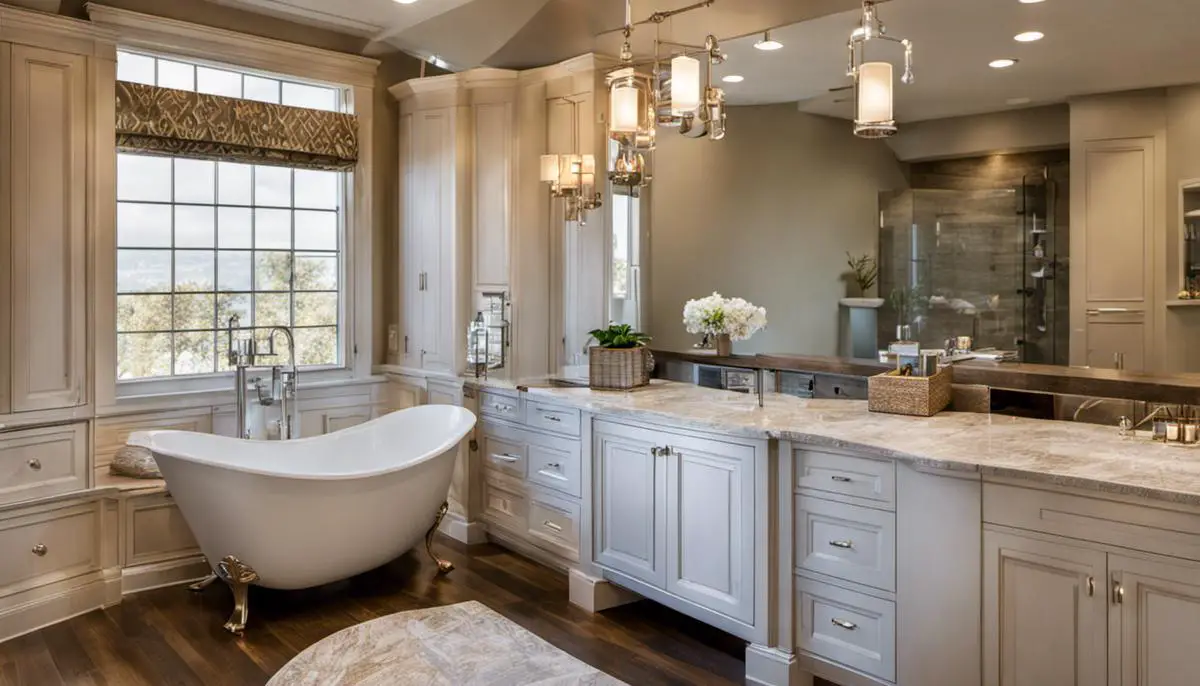
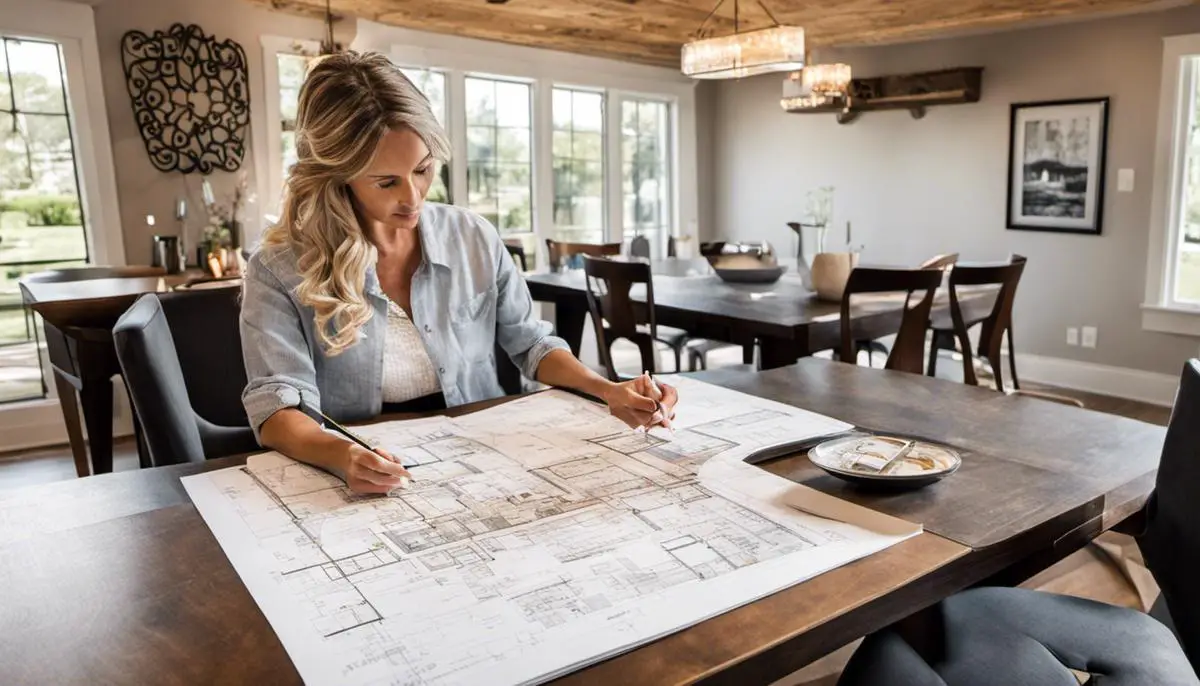

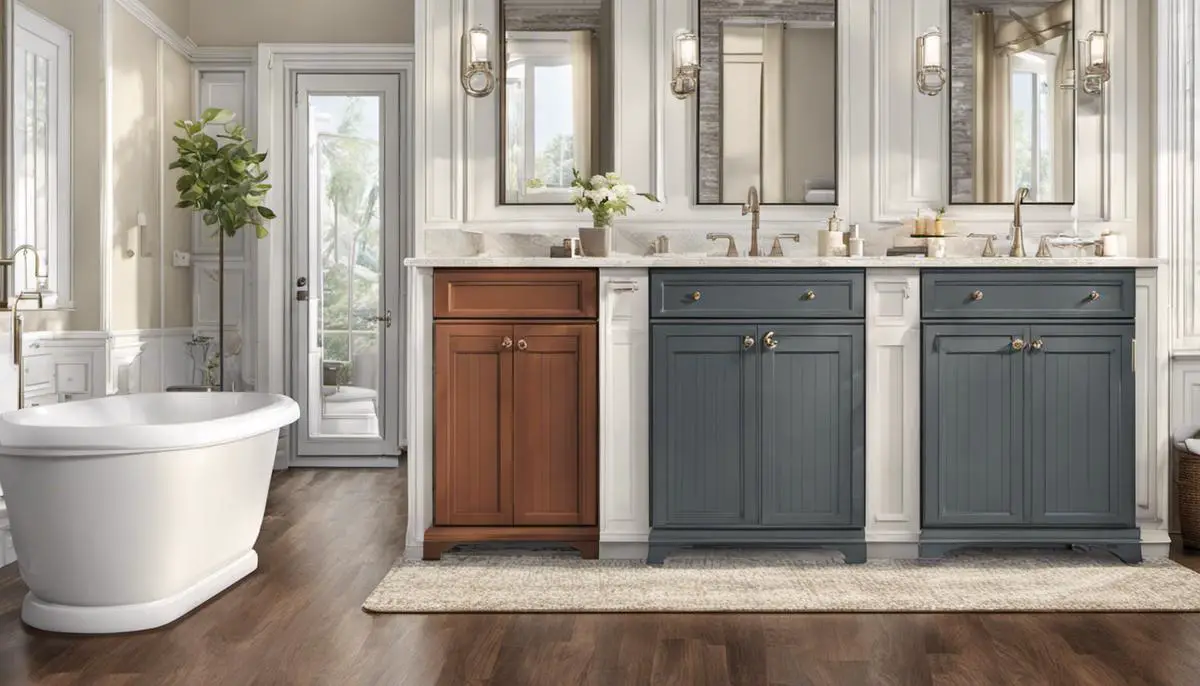
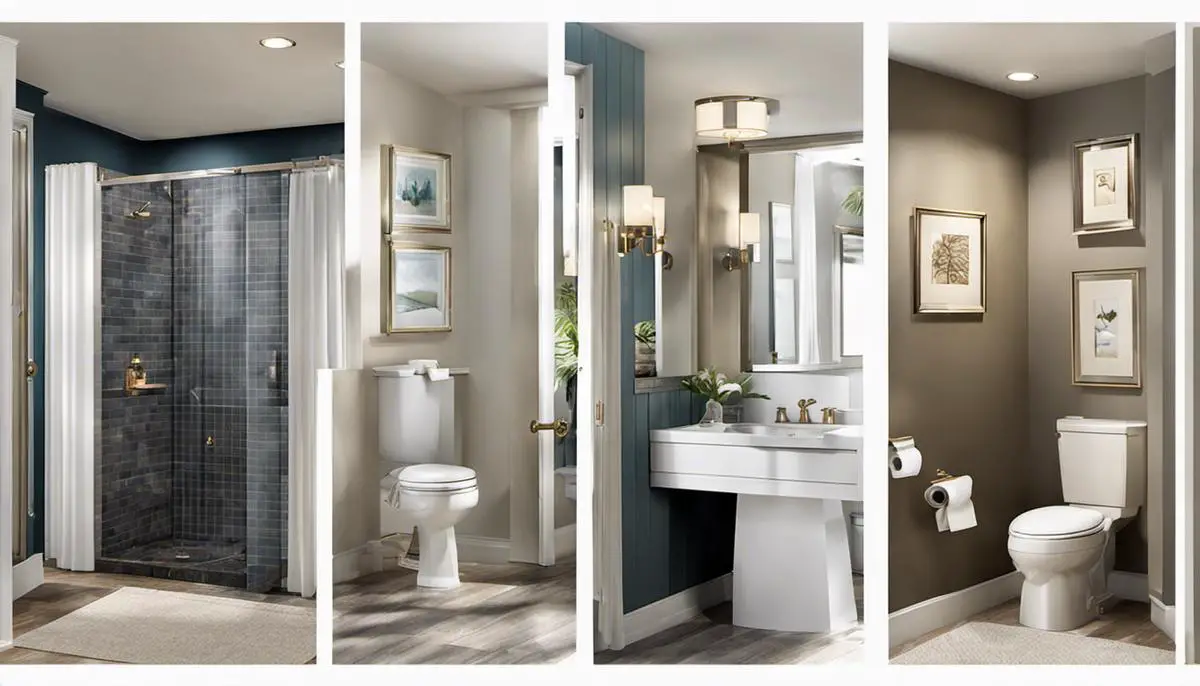
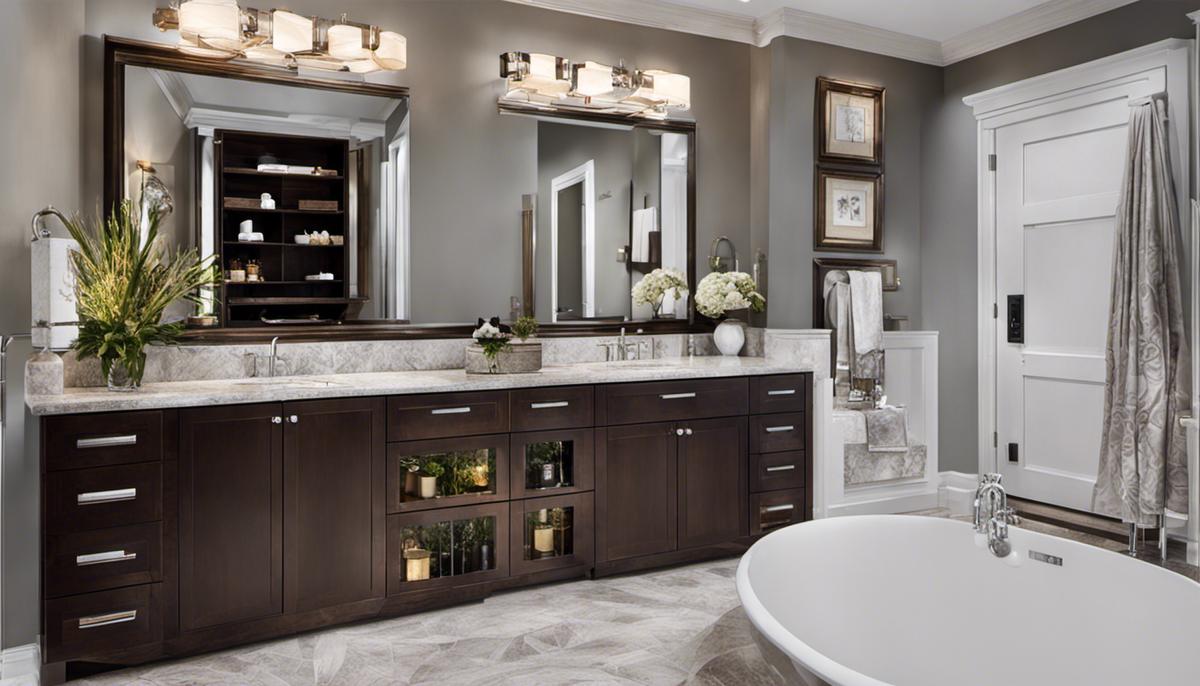
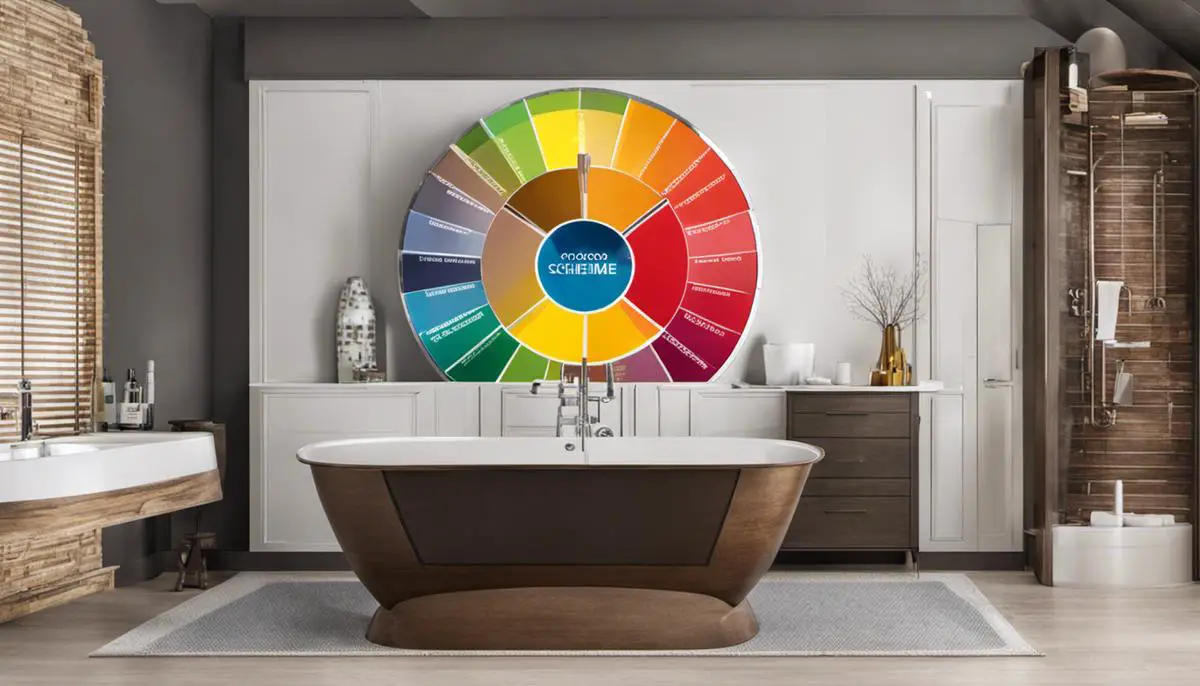
Leave a Reply